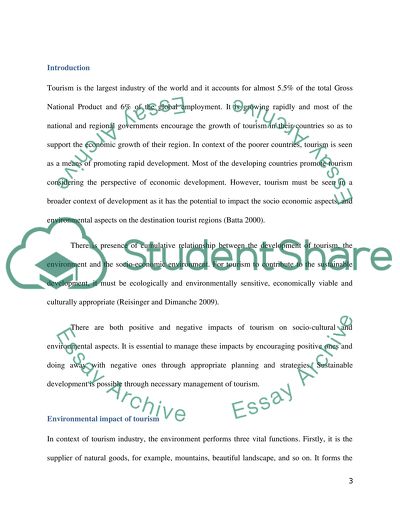Cite this document
(“Tourism Management Essay Example | Topics and Well Written Essays - 3000 words”, n.d.)
Retrieved de https://studentshare.org/tourism/1403467-tourism-management
Retrieved de https://studentshare.org/tourism/1403467-tourism-management
(Tourism Management Essay Example | Topics and Well Written Essays - 3000 Words)
https://studentshare.org/tourism/1403467-tourism-management.
https://studentshare.org/tourism/1403467-tourism-management.
“Tourism Management Essay Example | Topics and Well Written Essays - 3000 Words”, n.d. https://studentshare.org/tourism/1403467-tourism-management.


